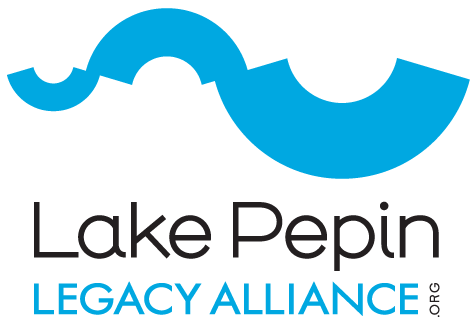To our members and community,
The highly anticipated habitat restoration project near Bay City, Wisconsin almost made it through 2020 unscathed. But it is unfortunate now that the start date for construction has been pushed back until the spring of 2022. More than six years of work has gone into bringing this project to fruition, beginning with our advocacy in 2014. Needless to say, we share your frustration.
This past August, Lake Pepin Legacy Alliance (LPLA) attended the River Resources Forum - an interagency meeting for the Upper Mississippi River - where our partners projected to start construction next summer (2021). Over the last few months, a new timeline was put together to account for some unanticipated challenges. In short, our selection as 1 of 10 projects nationwide to be included in a federally funded pilot program has complicated planning efforts due to unclear implementation guidelines. The global pandemic has further reduced staff capacity within the Corps of Engineers. The good news is that once the design and engineering work is finally complete, we will have more federal dollars funding local restoration.
Assuming no further delays, the project is set to move forward in the spring of 2022. You can be sure that we will be watching closely the process over the next year to ensure all funds raised by LPLA (totaling $867,500) can be used as intended within the appropriate timeline. You can help by contacting your U.S. Representative to express your support for the project and ask them to protect against any additional delays:
LPLA’s leadership has paved the way for restoration to proceed by removing and mitigating obstacles (read: The Path to Habitat Restoration). Our ability to obtain the endorsement of local municipalities, state and federal legislators and our partner agencies show the irrefutable value of having a local voice about the river. We will continue as that voice. In the meantime, there is work to be done and we look forward to sharing the details of our strategic plan with you in early 2021. Thank you for helping us shape the future of Lake Pepin.
Rylee Hince
Executive Director, Lake Pepin Legacy Alliance
rylee@lakepepinlegacyalliance.org | 630-806-9909



